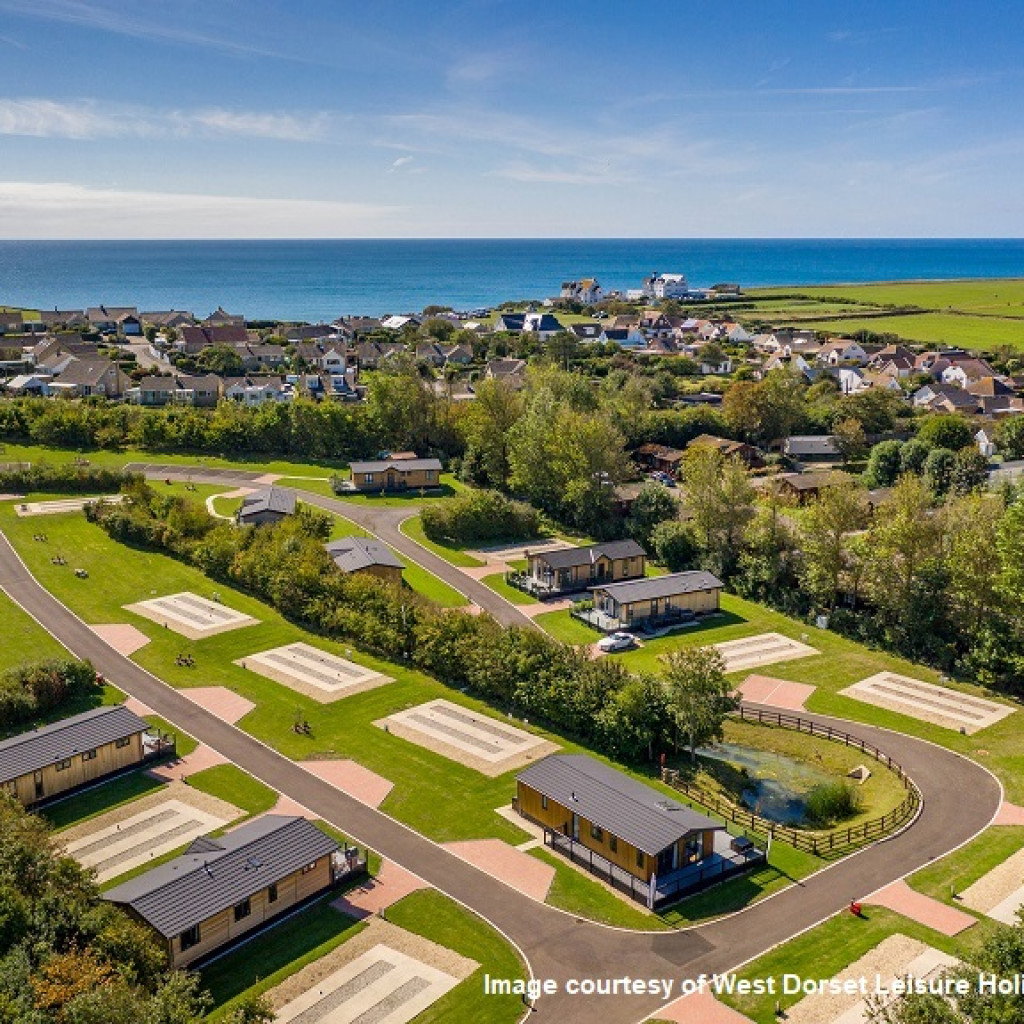In a recent appeal case, the Appellant failed to convince an Inspector to grant a certificate of lawfulness for the siting of 25 static caravans on an existing caravan site.
What is a certificate of lawfulness?
A certificate of lawfulness is a way of obtaining a decision from the planning authority that a proposed use or works does not require planning permission.
The difference between a touring caravan site and a static caravan site
The site already had a certificate of lawfulness confirming the use of the site as a touring caravan site for up to 25 caravans was lawful. The Appellant tried to construe the existing certificate of lawfulness as authorising the siting of static as well as touring caravans.
The Appellant argued that since touring caravans could be sited all year round in sizeable numbers the introduction of static caravans would not be a material change of use. This was rejected by the Inspector. In dismissing the appeal the Inspector said that static units would have a different impact on the site compared to touring units.
Static units tend to be larger and modular he concluded, often sited on hard standing resulting in a significant change in the appearance of a site. He also considered that a static caravan site functions differently with residents more dependent on a wide range of services which combine to create a different level of movement around the site.
The Appellant’s argument that there were no limitations on the removal, occupancy, or layout of the touring caravan site also did not convince the Inspector and he was equally unconvinced with the Appellant’s assertion that seasonal tourers left on site all year round are effectively static caravans. The Inspector concluded that in this case, as a matter of fact, and degree, the change from tourers to statics would be a material change of use.
Find out more
For further help or support please contact our specialist Parks team who will be happy to provide bespoke advice and guidance.





